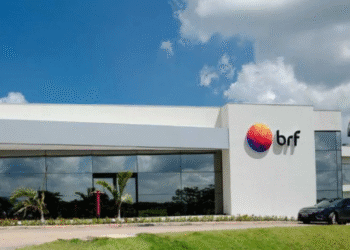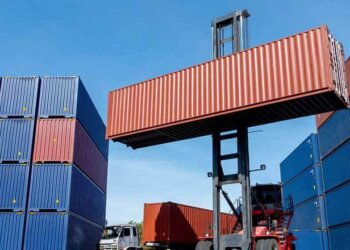Luxury fashion brands must adapt to a new market environment because the U.S.-EU trade agreement established a 15% duty on European imports which affects their pricing abilities and market demand.
The growth strategy of LVMH and Dior and Chanel depends on their practice of raising prices aggressively. The price of Chanel’s iconic flap bag has increased more than three times since 2015. The current market decline coupled with American consumers’ financial limitations may prevent brands from implementing additional price increases.
The U.S. market has emerged as a vital growth sector because China’s growth potential has decreased. The new tariff rate of 15% represents a more moderate version of the original 30% threat which arrives at a time when younger and occasional buyers show signs of price fatigue according to industry experts.
The U.S. luxury market requires a 2% price increase to compensate for the tariff costs according to UBS estimates but this would result in a 3% reduction of profits. Luxury brands that failed to predict their pricing correctly now face difficulties while Hermès leads the market because it has been less aggressive with price increases.
The EU’s $600 billion investment pledge in U.S. operations has led Louis Vuitton and other luxury brands to start localizing their manufacturing processes. The process of relocating operations remains both expensive and complicated which suggests that profit margins will continue to face challenges.










